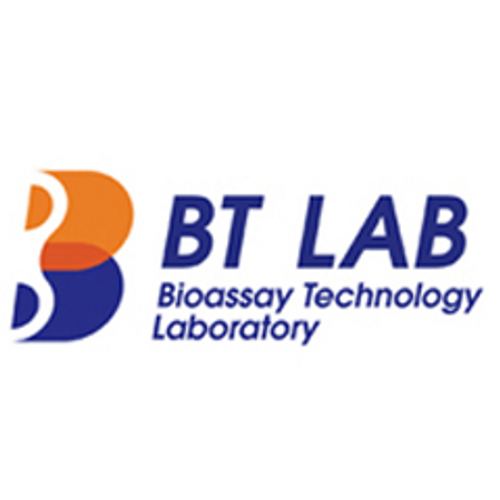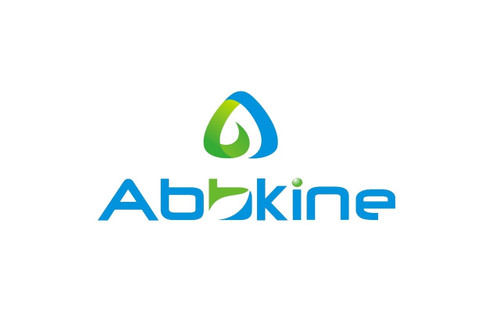Product Description
Human Vascular Endothelial cell Growth Factor B (VEGF-B) ELISA Kit | AE63159HU | Abebio
Species Reactivity: Human (Homo sapiens)
Abbreviation: VEGFB
Alternative Name: VEGFL; VRF;
Application: ELISA
Range: 15.6-1000 pg/mL
Sensitivity: 5.9 pg/mL
Intra-Assay: ≤4.8%
Inter-Assay: ≤8.1%
Recovery: 1, 02
Sample Type: Serum, Plasma, Other biological fluids
Detection Method: Sandwich
Analysis Method : Quantitive
Test Principale: This assay employs a two-site sandwich ELISA to quantitate VEGFB in samples. An antibody specific for VEGFB has been pre-coated onto a microplate. Standards and samples are pipetted into the wells and anyVEGFB present is bound by the immobilized antibody. After removing any unbound substances, a biotin-conjugated antibody specific for VEGFB is added to the wells. After washing, Streptavidin conjugated Horseradish Peroxidase (HRP) is added to the wells. Following a wash to remove any unbound avidin-enzyme reagent, a substrate solution is added to the wells and color develops in proportion to the amount of VEGFB bound in the initial step. The color development is stopped and the intensity of the color is measured.
Product Overview: Vascular endothelial growth factor B is a growth factor that belongs to the vascular endothelial growth factor family of which VEGF-A is the best known member. In contrast to VEGF-A, VEGF-B plays a less pronounced role in the vascular system: whereas VEGF-A is important for the formation of blood vessels, such as during development or in pathological conditions, VEGF-B seems only to play in role in the maintenance of newly formed blood vessels during pathological conditions. VEGF-B plays also an important role on several types of neurons. It is important for the protection of neurons in the retina and the cerebral cortex during stroke and of motoneurons during motor neuron diseases such as amyotrophic lateral sclerosis.VEGF-B exerts its effects via the FLT1 receptor.
Stability: The stability of ELISA kit is determined by the loss rate of activity. The loss rate of this kit is less than 5% within the expiration date under appropriate storage condition. The loss rate was determined by accelerated thermal degradation test. Keep the kit at 37°C for 4 and 7 days, and compare O.D.values of the kit kept at 37°C with that of at recommended temperature. (referring from China Biological Products Standard, which was calculated by the Arrhenius equation. For ELISA kit, 4 days storage at 37°C can be considered as 6 months at 2 - 8°C, which means 7 days at 37°C equaling 12 months at 2 - 8°C) .
 Euro
Euro
 USD
USD
 British Pound
British Pound
 NULL
NULL












